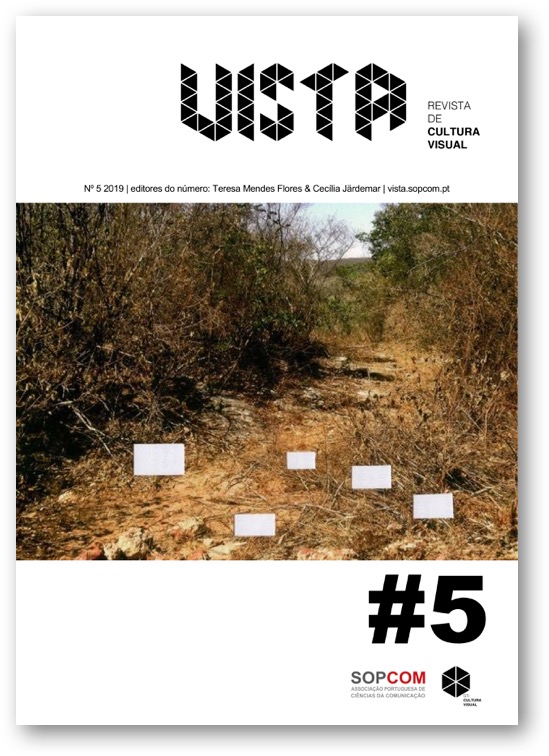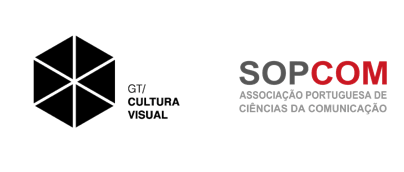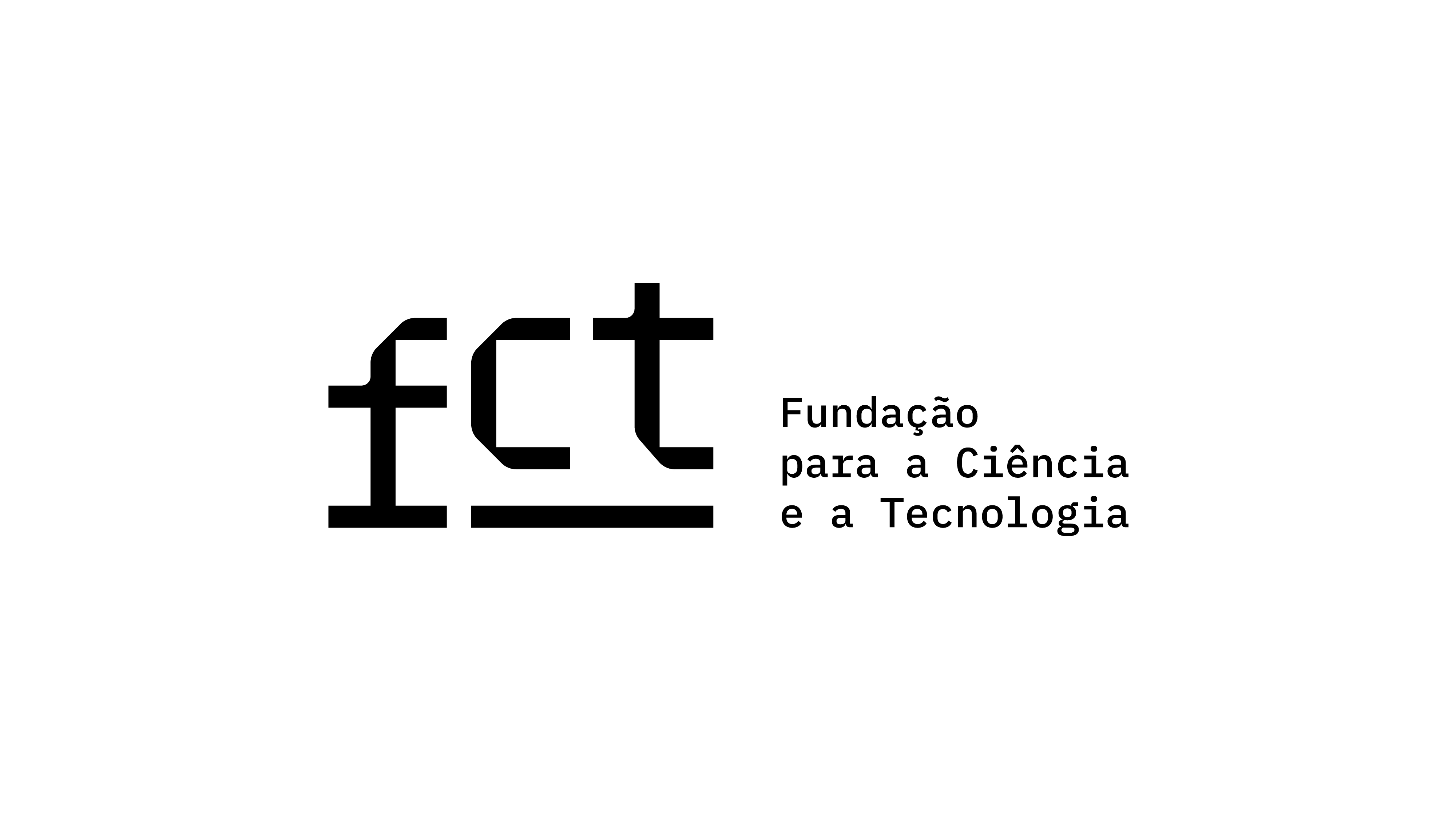Corpos colonizados: Recursos com paisagem em fundo. Uma agenda de pesquisa
DOI:
https://doi.org/10.21814/vista.3042Keywords:
colonization, anthropometry, photography, body, raceAbstract
The photography of the colonized bodies purported to record the racial stigmata that character- ized them under the light of the Portuguese Anthropobiology moulded after the northern-european paradigm, but duly revised and adapted from the standpoint of the Portuguese colonial exploration. The study focused on the measurement of indigenous intelligence in order to evaluate their susceptibility to assimilation, on the anthropometric and ergographic evaluation in order to make good use of labour force and on the detection of pathologies that might jeopardize it or be transmissible to settlers. The colonized populations were integrated as human material in the overall framework of survey of natural resources, flora, fauna, ore, farming assets, in such way that their bodily resourcefulness mediated the relationship between the settler and the natural environment of the occupied territories. Fully integral to the racialization process that was instrumental to the success of the colonizing endeavour, the photographic recording isn’t merely a document in the Portuguese Colonial Archive, but above all na epistemopolitical tool of the harm that was inflicted by the colonization to its historical victims, first and foremost as an operator of the construction of the racialized exotic Other that, while defining the thresh-old beyond which the primate becomes human, also delineates the boundary that cannot be crossed by the inferior races, made visible by the physical and behavioural stigmata of their simian ancestry. Such photographic indiciology was instrumental in the justifying and legitimazing of the Portuguese “white man’s burden”, translated into the terms of our own civilizing mission that was taken up as an ages-old historical design, one that, in the aftermath of the “Pink Map” dispute and the engagement in World War I, rose to the level of a struggle for the safeguarding of national identity and independence.
Downloads
References
Agamben, G. (2016). Homo sacer. L’intégrale 1997-2015. Paris: Seuil.
Almeida, A. (1937). Sobre as mutilações étnicas dos aborígenes de Angola. Lisboa: Oficinas Gráficas.
Cascais, A. F. (2014). A receção da eugenia alemã em Portugal 1933-1945, in F. Clara & C. Ninhos (eds.). A Angústia da Influência. Política, Cultura e Ciência nas relações da Alemanha com a Europa do Sul, 1933-1945 (pp. 157-196). Frankfurt, Berlim, Berna, Bruxelas, Nova Iorque, Oxford, Viena: Peter Lang.
Cleminson, R. (2014). Catholicism, Race and Empire: Eugenics in Portugal, 1900-1950. Budapeste e Nova Iorque: Central European University Press.
Cleminson, R. (2011). Eugenics in Portugal, 1900-1950: Setting a Research Agenda, East Central Europe, no 38, 133-154.
Correia, A. A. M. (1943). Raças do império. Porto: Portucalense Editora.
Correia, A. A. M. (1933). Sociedade Portuguesa de Estudos Eugénicos, Trabalhos da Sociedade Portuguesa de Antropologia e Etnologia, Vol. VI, Fasc. II, 161.
Foucault, M. (1990/1978). Qu’est-ce que la critique? (Critique et Aufklärung). Bulletin de la Societé Française de Philosophie, no 84, 2, 36-63.
Gago, M. M. (2009). The emergence of genetics in Portugal: J. A. Serra at the crossroads of politics and biological communities (1935-1952). Dissertação de Mestrado, Universidade de Lisboa, Lisboa, Portugal. Consultado em: https://repositorio.ul.pt/handle/10451/4630
Gould, S. J. (2004). A falsa medida do homem. Vila Nova de Famalicão: Quasi.
Heidegger, M. (1958). La question de la technique, In Essais et conférences (pp. 9-48). Paris: Gallimard.
Júnior, S. (1938). Relatório da missão antropológica à África do Sul e a Moçambique, Trabalhos de Antropologia e Etnologia, Vol. VIII, n.o 3: 1-52.
Lessa, A. (1938). Federação das sociedades Latinas de Eugénica. Trabalhos da primeira reunião (Textos e comentários), Arquivo de Anatomia e Antropologia, Vol. XIX, 1938, 173-177: 273-292
Madureira, N. L. (2003). A estatística do corpo: Antropologia física e antropometria na alvorada do século XX, Etnográfica, Vol. VII, no 2: 283-303
Margarido, A. (1975). Le colonialisme portugais et l’anthropologie, in J. Copans (org.) Anthropologie et Impérialisme (pp. 304-344). Paris: Librairie François Maspero.
Martins, A. C. (2014). Fotografias da missão antropológica e etnológica da Guiné (1946- 1947): entre a forma e o conteúdo, in F. L. Vicente (ed.), O império da visão: Fotografia em contexto colonial (1860-1960) (pp.117-140). Lisboa: Edições 70
Matos, P. C. V. F. (2012). Mendes Correia e a Escola de Antropologia do Porto: Contribuição para o estudo das relações entre antropologia, nacionalismo e colonialismo (de finais de século XIX aos finais da década de 50 do século XX). Tese de Doutoramento, Universidade de Lisboa, Lisboa, Portugal. Consultado em: https://repositorio.ul.pt/handle/10451/7831
Morais, J. A. et al (1975). Subsídios para o conhecimento médico e antropológico do povo Undulu, Anais do Instituto de Higiene e Medicina Tropical, Vol. 2 (1-4), 43-56.
Pereira, A. L. (2001), Darwin em Portugal [1865-1914]. Filosofia - História - Engenharia Social. Coimbra: Almedina.
Pereira, R. (1987). O desenvolvimento da ciência antropológica na empresa colonial do Estado Novo, in O Estado Novo das Origens ao Fim da Autarcia (1926-1959), vol. II (pp. 89-106). Lisboa: Fragmentos.
Pimentel, I. F. (1998). O aperfeiçoamento da raça, História, Ano XX, no 3, 18-27. Pimentel, I. F. e Ninhos, C. (2013). Salazar, Portugal e o Holocausto. Lisboa: Círculo de Leitores.
Proctor, R. (1988). From anthropology to Rassenkund, in G. W. Stocking Jr. (org.), Bones, Bodies, Behaviours (pp.138-179). Madison: University of Wisconsin.
Santos, G. D. (2012). The Birth of Physical Anthropology in Late Imperial Portugal, Current Anthropology, Vol. 53, No S5, S33-S45. doi: 10.1086/662329.
Santos, G. D. (2005). A Escola de Antropologia de Coimbra 1885-1950. Lisboa: Imprensa de Ciências Sociais.
Santos, J. C. (2010). Corpo desviante. Um olhar médico-legal, in AAVV, Corpo: Estado, medicina e sociedade no tempo da I República (pp. 139-149). Lisboa: Imprensa Nacional-Casa da Moeda.
Stocking Jr., G. W. (1988) (ed.). Bones, Bodies, Behaviours. Madison: University of Wisconsin.
Tamagnini, E. & Serra, J. A. (1942). Subsídios para a história da antropologia portuguesa. Coimbra: s/n.
Tamagnini, E. (1946). L'Anthropologie au Portugal : conferência efectuada na sede do Royal Anthropological Institute of Great Britain and Ireland em 18 de Abril de 1946. Coimbra: Faculdade de Ciências da Universidade de Coimbra.
Samain, É. (2001). Quando a fotografia (já) fazia os antropólogos sonharem: O jornal La Lumière (1851-1860). Revista de Antropologia, USP, Vol. 44, n.o 2, 89-126.
Taylor, D. (2014). Abnormal, in L. Lawlor & J. Nale (eds.), The Cambridge Foucault Lexicon (pp. 25-35). Nova Iorque e Cambridge: Cambridge University Press.
Torgal, L. R. (1999). A universidade e o Estado Novo. O caso de Coimbra 1926-1961. Coimbra: Minerva.
Downloads
Published
How to Cite
Issue
Section
License

This work is licensed under a Creative Commons Attribution 4.0 International License.
Authors own the copyright, providing the journal with the right of first publication. The work is licensed under a Creative Commons Attribution 4.0 International License.













